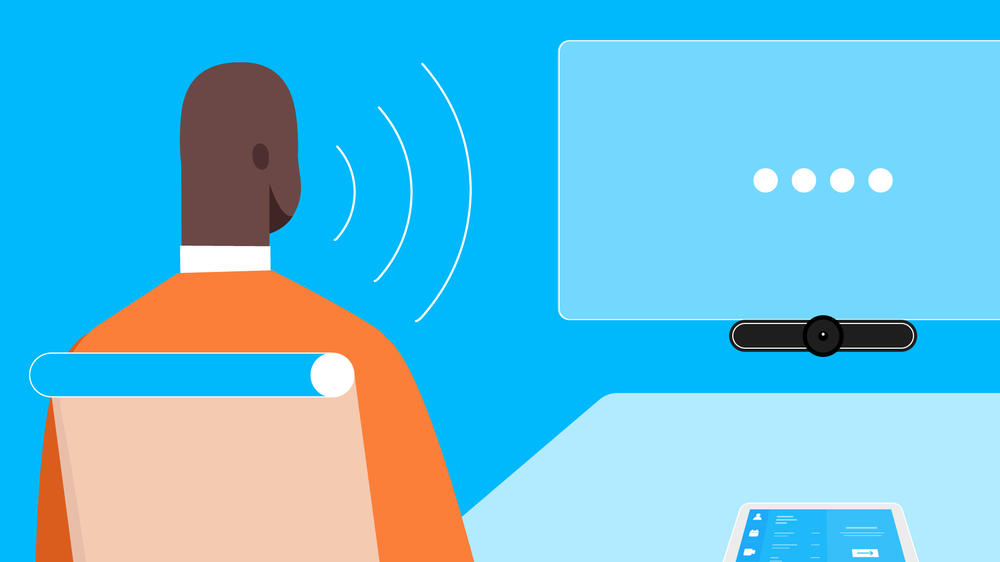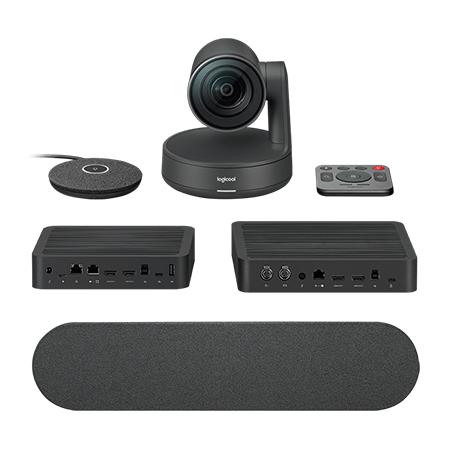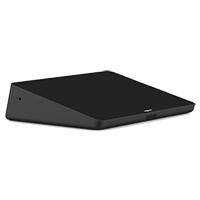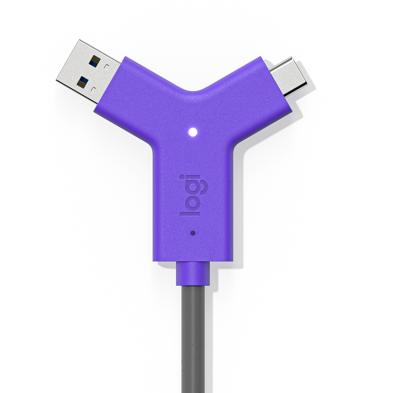Article: Video Conferencing, Meeting Rooms, and the Consumerization of IT
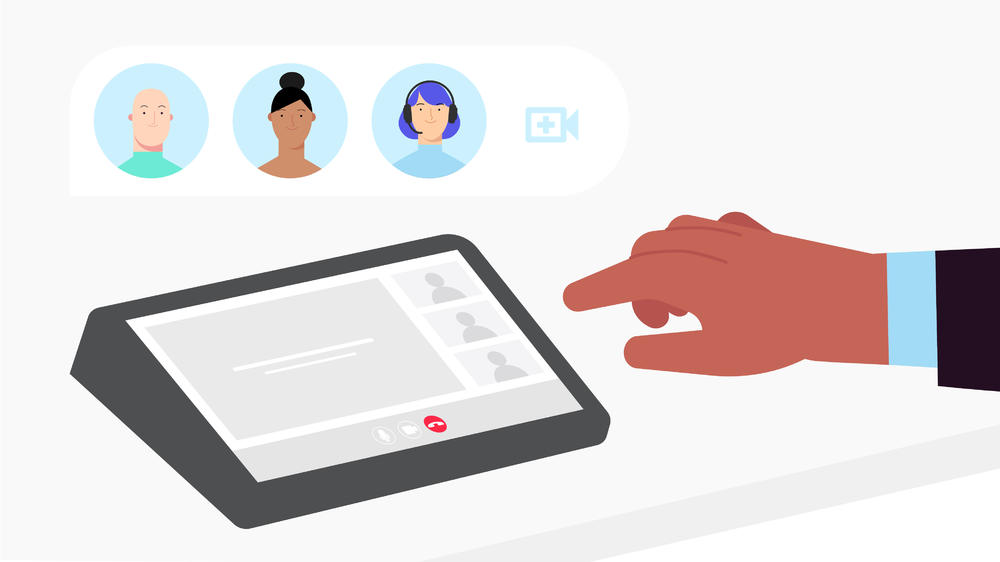
Consumerization is a challenge IT organizations have faced for many years, and it’s likely accelerating as a result of the global pandemic. Employees expect the technology they use at work to be easy, intuitive, and well designed – not unlike the technology they use at home. But this has not always been the case.
Prior to the turn of the century, employees had little say in what technology was acquired or how it was designed. Simply put, the user experience “was not a main driver in the market.”1
So, what changed? What does consumerization mean for IT decision makers going forward? And in particular, how does consumerization impact video conferencing and meeting room technology?
Consumerization of IT is Not New – And It’s Not Going Away
Although the concept has been widely discussed in the past few years, the consumerization trend began in the late 1970s and early 1980s with the development of the first personal computers. But it wasn’t really codified as a topic until about 2005. That’s, when Gartner called consumerization “the most significant trend affecting IT in the next 10 years.”2
What analysts had noticed is that consumers had overtaken businesses as the main buyers of technology3 by the mid-2000s. As the share of wallet shifted from businesses to consumers, hardware and software vendors began to cater to the needs of these consumers. This was an emerging market with a huge opportunity.
What is it consumers want? Three words: simple, easy, elegant. They want technology that is uncomplicated, intuitive, and aesthetically designed.
Notably, these attributes have never been the top priority of corporate and government buyers. As a result, it can often feel like the needs of end users are at odds with the priorities of IT decision makers and buyers.
Here’s why that’s a problem. Employees, who of course are also consumers, now have options. Technology that is designed for consumers is often easily adapted for the work environment. Think Dropbox, iPhone, mobile apps, and video.
Because they have options, employees who don’t like the products or services IT provides can easily find their own solutions. As a result, IT is forced to respond. IT buyers can ignore the preferences of end users and watch employees find workarounds, or they can make purchasing decisions that prioritize the user experience.
In fact, some IT teams have responded to this trend by permitting employees to select from a pre-approved list of technology products. As Gartner says, “consumerization can be embraced and it must be dealt with, but it cannot be stopped.”4
How Consumerization has Improved the Meeting Experience
While consumerization may seem like a headache to IT, it doesn’t have to be. Video conferencing and meeting room technology are examples of how consumer preferences and IT needs can align in solutions that are a win/win for everyone. In fact, video conferencing is a case study in the potential benefits of consumerization.
Video conferencing technology has been around for decades. Until recently, however, it was very expensive and underutilized, with meeting room deployments hovering around 1% to 2%.
In the last few years, this model has been quietly disrupted by the advent of simple, intuitive video conferencing software applications like Zoom, Google Meet, and Microsoft Teams, and high-quality, affordable conferencecams and room solutions.
For End Users, Experience is King
Not only has the technology become much easier to use and far more affordable, but user expectations have similarly evolved:
Video conferencing must be simple to use.
It must be easy for employees to join a call from any location.
The software and hardware must function consistently well.
It should all look as good as it performs.
Perhaps most importantly, employees themselves should look great and sound natural.
Employees will gravitate to video conferencing solutions that provide a great experience – simple, easy, beautiful – and avoid solutions that don’t provide that experience.
This issue is even more urgent today. With the increasingly dispersed nature of today’s workforce, video was already becoming more widely accepted; the pandemic accelerated that process. It’s fair to say that video conferencing is now a critical means for collaboration among employees who work remotely from each other.
And video meetings will remain vital as organizations institute hybrid models where some employees are in the office some of the time, some continue working from home, and teams remain fragmented.
In this environment, employees will need to move fluidly between meetings in conference rooms at the office and meetings they attend remotely using personal collaboration tools such as a headset and webcam. A consistent meeting experience is essential.
Learning (and Benefiting) from Consumerization
Understanding the consumer mindset is key for IT decision makers expanding their video conferencing and meeting room solutions. Decision makers should prioritize vendors that are laser-focused on delivering simple, easy, beautiful solutions that offer a great user experience.
And it’s not just employees who will benefit from this approach. Providing a consistent meeting experience for every user in every situation will also reduce support helpdesk calls and trouble tickets. Video conferencing and meeting room technology that meets those requirements can eliminate headaches for IT while enabling employees to remain productive, engaged, and efficient.
_____________________________
You May Also Be Interested In
RECOMMENDED PRODUCTS
VIDEO CONFERENCING FOR EVERY SPACE.
Find out more about how Logitech video conferencing products
perform in a business environment.
